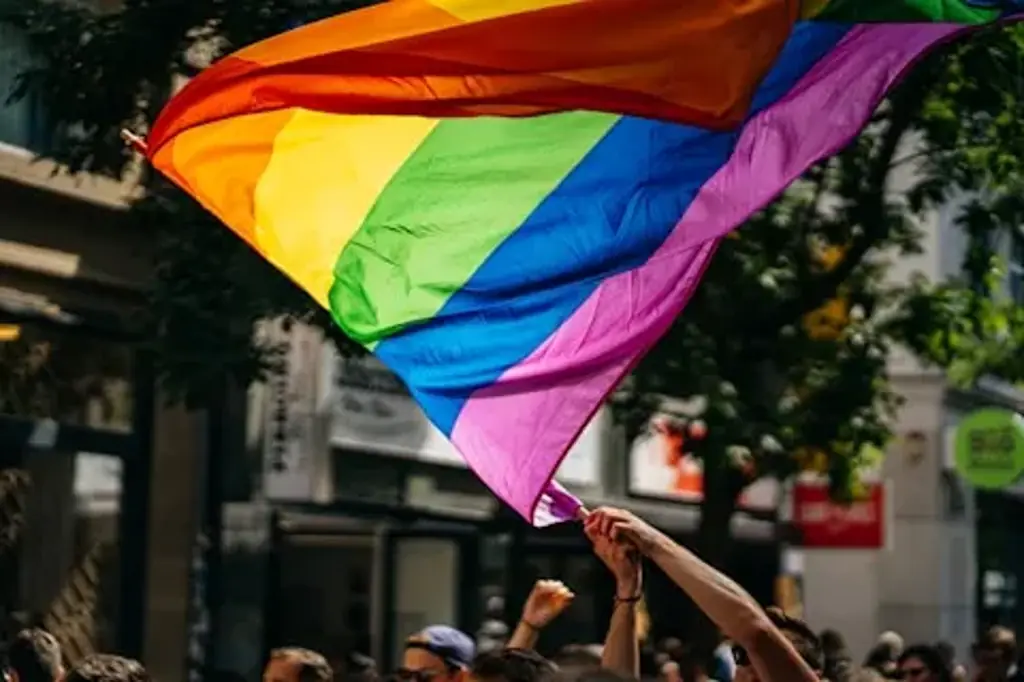
Mourners visiting Pope Francis must follow strict rules issued by the Vatican after reports of "outrageous" behavior prompted a new ban.

Pope Francis passed away peacefully on Easter Monday, April 21, at the age of 88, following a sudden stroke that led to a coma and irreversible heart failure.
Cardinal Kevin Farrell confirmed the pontiff’s death, saying: "At 7.35am this morning, the Bishop of Rome, Francis, returned to the house of the Father. His entire life was dedicated to the service of the Lord and His Church.
"He taught us to live the values of the Gospel with fidelity, courage and universal love, especially in favour of the poorest and most marginalised," he continued.
"With immense gratitude for his example as a true disciple of the Lord Jesus, we commend the soul of Pope Francis to the infinite merciful love of the One and Triune God," he added.
Signs of the Pope’s illness first emerged around 5:30AM. By 6:30AM, he had made a silent gesture of farewell to his devoted nurse and aide, Massimiliano Strappetti, before slipping into a coma.
“He did not suffer. It all happened quickly,” the Vatican stated, calling his passing “discreet … almost sudden, without long suffering or public alarm,” PEOPLE reported.

The Pope made his final public appearance the day before his death, greeting over 35,000 worshippers in St. Peter’s Square from the popemobile.
“Do you think I can manage it?” he asked Strappetti beforehand. Afterward, he expressed gratitude, saying: “Thank you for bringing me back to the Square.”
He later enjoyed a quiet dinner and met privately with U.S. Vice President J.D. Vance before retiring. His final spoken words, shared the day before he lost consciousness, were a simple “Thank you” to Strappetti.
As the Pope's body now lies in an open casket at St. Peter’s Basilica, ahead of his funeral on April 26, thousands of mourners have been arriving to pay their respects.
But following a wave of inappropriate behavior, including visitors reportedly taking selfies with the late Pope, Vatican officials have introduced strict new rules for those attending the public viewing.
According to The Mirror, anyone within 30 feet of the casket will now be ordered to put away their phones or risk having them confiscated by guards.
Per Daily Mail, one onlooker admitted to being “surprised no one stopped them” from snapping photos with the body, prompting widespread backlash and a crackdown on such conduct.
The new phone policy joins a long list of existing regulations for Vatican visitors. These include a strict dress code that prohibits sleeveless tops, low-cut garments, miniskirts, and shorts above the knee.
Anyone wearing items or displaying tattoos that could offend Catholic sensibilities or common decency may also be denied entry.
In addition to this, large bags, banners, sticks, knives, scissors, metal tools, firearms, and laser pointers are also banned, along with alcohol, food, and drink inside exhibition halls.
Photography is restricted in many areas, with flash photography and mobile phone use strongly discouraged, and strictly forbidden in sacred spaces like the Sistine Chapel.
Smoking, vaping, and the use of amplified microphones are also not allowed, and only guide dogs are permitted among animals.

The Catholic Church has officially entered sede vacante - the period during which the papal seat remains vacant until a successor is chosen.
Meanwhile, the Vatican has made public Pope Francis’s final will and testament. In it, he requested a simple burial in the Papal Basilica of St Mary Major.
His tomb is to be unadorned, bearing only the name “Franciscus,” and placed in the niche of the side nave between the Pauline Chapel, the Chapel of the Salus Populi Romani, and the Sforza Chapel.
The burial will be funded by an anonymous benefactor, with Cardinal Rolandas Makrickas overseeing the arrangements.
In his final written words, the Pope offered his suffering “to the Lord for peace in the world and brotherhood among peoples".
Pope Francis' funeral will take place on Saturday (April 26).















